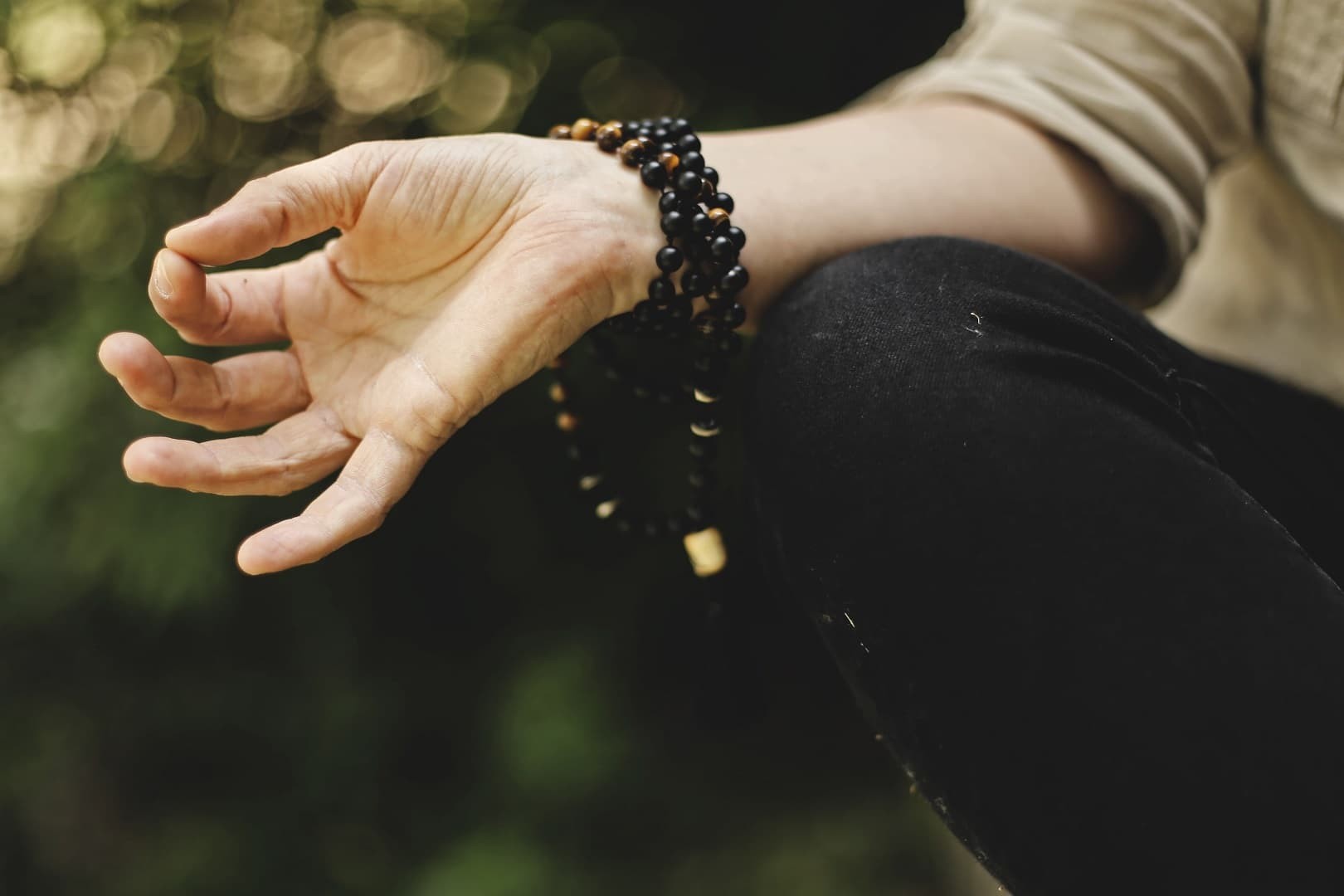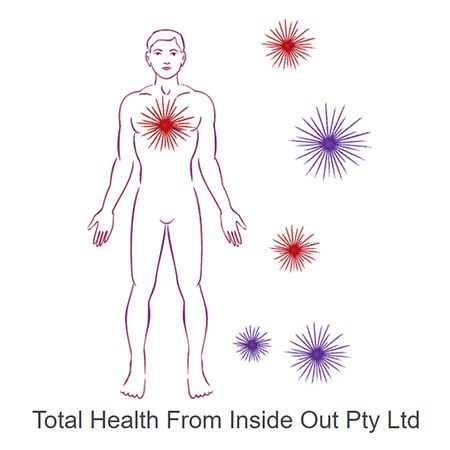
Meditation is a major tool for growth and transformation and can help with physical, emotional and mental health. Regular practice of meditation offers many health benefits that include:
✔ reducing stress and controlling anxiety
✔ increasing patience and tolerance
✔ gaining a new perspective on stressful situations
✔ reducing negative emotions, including depression and anger
✔ increases forgiveness and compassion
✔ improves sleep helping with insomnia
✔ reduces and/or controls pain
✔ reduces blood pressure
✔ regulates heart rate
✔ improves blood circulation
✔ lowers your risk of cardiovascular diseases
✔ reduces symptoms of irritable bowel syndrome (IBS)
✔ alleviates psychological distress
✔ increases self-awareness
✔ assists creating emotional balance
✔ and helps with spiritual and psychic development
What are the Different Styles of Meditation?
There are many types of meditation practices that you can do, depending on your needs, desires and purpose for meditating at a given time. Each type of meditation comes with its own set of meditative techniques and requires certain meditation skills, so choose the one that you're comfortable with and can incorporate into your daily life. Some forms of meditation are:
- Breathwork Meditation
- Chakra Meditation
- Mindfulness Meditation
- Focused Meditation
- Visualisation Meditation
- Mudra & Mantra Meditation
- Open Eye Meditation
- Candle Meditation
- Walking Meditation
- Movement Meditation
- Angelic Therapy Meditation
- Transcendental Meditation
- Loving-kindness Meditation
- Spiritual Meditation
What Form of Meditation Practice Suits You?
There are different reasons to engage in a daily meditation practice. Some people spend a few minutes of meditation for healing, pain or stress management, relaxation, guidance, spiritual or psychic development, etc. There are probably as many reasons to meditate as there are meditation styles, so there is no one right way to meditate. Meditation is a great way to improve the physical body, emotional health and mental wellbeing. You can run a meditation session in a certain way based upon the type of meditation you want to do.
You have to simply find which one or ones are best for or resonate with you, and use the particular meditation designed for the purpose and desired outcome for the meditation at the time. You may find that you like to use several different meditation techniques depending on your mood of the day, the amount of time you have to devote to your meditation practice that day, your level of privacy, and of course, the reason for the meditation itself at the time.
When is the Best Time to Practise Meditation Exercises?
Regular or daily short meditations of 15-20 minutes each, rather than one long meditation whenever you can fit it in, is preferred and can really help transform your physical health and quality of life. I have often guided mini meditations within Angelic Coaching sessions or treatments, as 5-10 minutes spent in meditation can still shift the energy within your body, as well as your outlook and the energies of your day. I also hold weekly meditation sessions, guided for whatever is for the highest and greatest good for the group that week, and many of the attendees include receiving the full recording so that they can do the 20- 30 min meditation again throughout the week.
There is also no actual best time for meditation. Just like physical exercise, it can be done when it's convenient for you. To fully reap the positive effects of meditation, though, you can start the day with a chakra, visualisation, or affirmation meditation. It will help you start the day with a more positive and focused attitude, while breathwork or Angelic Therapy meditation in the evening may help with releasing the day, and help with releasing the day's stress and anxiety and help improve that night's sleep. Adding mini or short meditations sometime during the day can help reduce stress or fatigue, while increasing energy, motivation and clarity for the rest of day. Simply choose what works for you.
What are the Basic Steps of Meditation?
As there are several types of meditation programs that exist, you will find that each has its own methods. Positions can also vary for meditation, such as sitting on a chair or on the ground, laying down, being in a certain yogic position (yoga is not my area of expertise though).
Whatever position you choose, try to keep your back straight.
- If you're sitting in a chair, have your feet firmly on the ground.
- If on a cushion on the ground, you can be in lotus position, or simply cross your legs.
- If lying on the ground, have your arms gently by your side, and your legs straight. (You may like to have a small cushion under your head for comfort, but again, have your spine straight.) However, if you find you tend to fall asleep whenever you are lying down, then you may prefer to sit up, and if you struggle with pain sitting up, you may find laying down your 'position' of choice.
Though there is no wrong way to meditate, there are a few general helpful tips to ensure you get the best experience from your meditation practice.
General Instructions
- Take the phone off the hook or turn the ringer off (so you don't get disturbed).
- Create a healing environment (soft lights or candles, soft background music, incense, etc.).
- Have a blanket over you or handy by your side (body temperature drops when relaxed).
- Get comfortable in a chair or on the floor (tips provided above, and more tips below).
- Take a few moments to get centred and comfortable.
- Try some deep breathing exercises to relax.
- Begin with 10 minutes and build up to 20 minutes...
I'm going to discuss a variety of breathwork meditations, as these alone can be used for a variety of reasons and purposes.
Breathwork: Focusing on Breath (Several forms)
Breathwork (Relaxing The Body)
- Close your eyes and visualise roots extending from the soles of your feet and the base of the spine, going deep down into Mother Earth.
- Take a deep breath in and as you exhale, relax your muscles and release all tensions that you are holding in your feet, legs and buttocks, and allow all the tension to drain down the roots, into Mother Earth, for cleansing, healing and transmutation.
- Take another deep breath in and on your next exhale, release tension and relax your hands, arms and shoulders.
- Take another breath, and this time as you are breathing out, let go of all stress and tension as you relax the muscles of your stomach, chest and throat.. pay particular attention to relaxing stomach muscles.
- On your next exhale, relax and release all tension you are holding in your entire back and the back of the neck, allowing all the tension to drain down the roots into Mother Earth
- Take a deep breath in and this time as you exhale, release all tension and relax the muscles of your face, jaw and entire scalp, letting all tension drain away, down the roots.
You can do this as a stand alone meditation, or continue with any of the following examples.
B: Practising relaxing the body helps with releasing tension held in the body, and so will benefit lessening aches and pains, and if performed at night in bed, can help with sleep.
Breathwork (Slowing The Breath)
- After doing the above Relaxing the Body Technique, simply bring your attention to your breath at the end of the nose and the rise and fall of your stomach.
- Breathe naturally and then slightly slow your breathing down so that it is still natural breathing but slower.
- Once comfortable, slow your breathing down slightly again, keeping it natural and keeping the focus on the breath at the end of the nose and the stomach.
- Slow your breathing down once again so that it is still feels natural, but slower, and keep your focus on the end of the nose and the rise and fall of your stomach.
Breathwork (Sitting in Silence)
After performing the above preparation for breathwork, any time your mind wonders, simply acknowledge the thought, and with intention, mentally say, "not now as I am meditating”, and bring your attention to the breath at the end of the nose, and the rise and fall of your stomach.
NB: Practising relaxation, slowing the breath, and focusing on the breath, (I call sitting in silence), as one meditation can help with releasing tension, healing the body, helps learning to empty your mind of all negative thoughts, stress and anxiety, as well as mental and physical resistance. It can be performed for only 5 min several times throughout the day to help prevent accumulation of stress and tension, and as a reset for energy as well as clarity.
Breathwork (Chakra Colour breath)
Another form of intentional breathwork is blending breath with chakra work, by simply breathing in the colour of each chakra into the chakra itself. For a quick chakra tune up, you can simply breathe in a single breath of each colour (total of seven breaths), or several breaths, depending on your time and needs etc.
- Simply breathe in red into the base chakra at the base of the spine.
- Breathe in orange into the sacral chakra just below the navel.
- Breathe in yellow into the solar plexus chakra just below the ribcage.
- Breathe in emerald green into the heart chakra in the middle of the chest.
- Breathe in sky blue into the throat chakra at the throat.
- Breathe in indigo (or purple) into the brow chakra in the middle of the forehead between the two physical eyes.
- Breathe in violet (or white) into the crown chakra at the top of the head.
NB: As the chakras dispense energy to different parts of the body and emotional aspects, chakra breathwork works well for physical, emotional and mental issues, stress and anxiety management, as well as psychic development.
Take more notice how you breathe and by bringing more focused attention on your breath, you will notice a positive change and difference in your physical, emotional and mental self.










